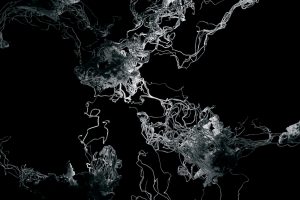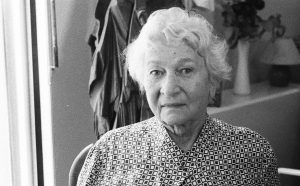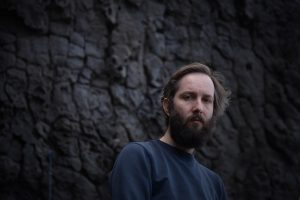Biennale Son will take place for the first time in autumn 2023, in Sion, Martigny and Sierre (as well as a few smaller venues just outside these cities) and provide the French-speaking part of Valais along the Rhône with sound installations, concerts and performances for over six weeks.
Friedemann Dupelius
The beautiful alpine lake Lac des Dix lies at an altitude of 2,364 metres, while its dam – at 285 meters above sea level – is the highest located construction of Switzerland. The dam is connected to Sion’s Chandoline power plant via pressurised pipes. Since July 2013 with no more water flowing down into the valley, the pipes have been decommissioned. Yet the modernist building continues to crackle, because of its aura. So much so that it came to the attention of three curators. Since mid-September, this power station is headquarters to the new Biennale Son, with international artists generating a new kind of energy through the dialogue between their work and the industrial architecture, supplying various locations along the river with artistic energy.
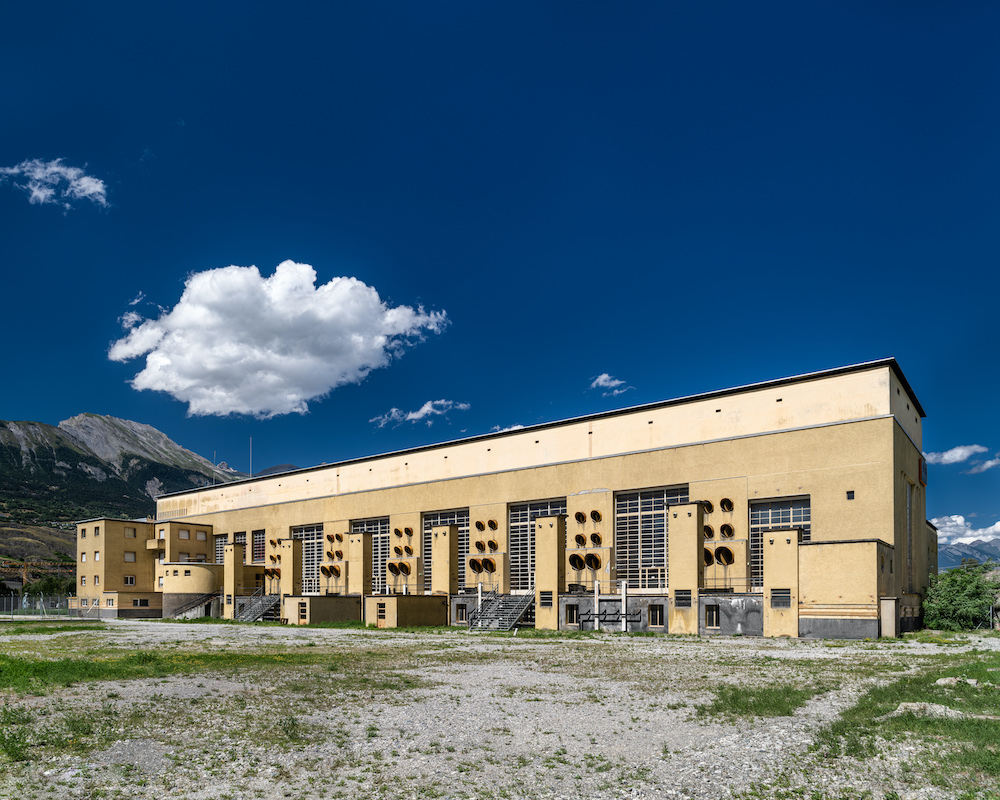
Biennale Son presents art forms that usually take place in Geneva or Lausanne as far as French-speaking Switzerland is concerned and yet there is a tradition and a small scene for experimental music here too. The association Dolmen has been active in the region since the 1990s, while the somewhat more pop-orientated Palp Festival is also known for its experiments.
Christian Marclay, Screenplay part 2, performed by Ensemble Babel
Sound-loving visual artist Christian Marclay also comes from Valais – as does Luc Meier, co-curator of the Biennale Son, who is delighted that he was able to win Marclay for the first edition of the festival in their shared homeland. The exiled Swiss artist is part of the main exhibition at the Kraftwerk with two works. Artists like Christian Marclay are the reason why the Biennale Son was created: “Sound and visual arts have been mutually stimulating for a long time,” says Luc Meier, “but this significantly increased in recent years, with boundaries between the disciplines becoming more and more permeable. This is also reflected in recent topics that spilled over into the art discourse, like tuning into other, non-human life forms or resonating with the environment.”
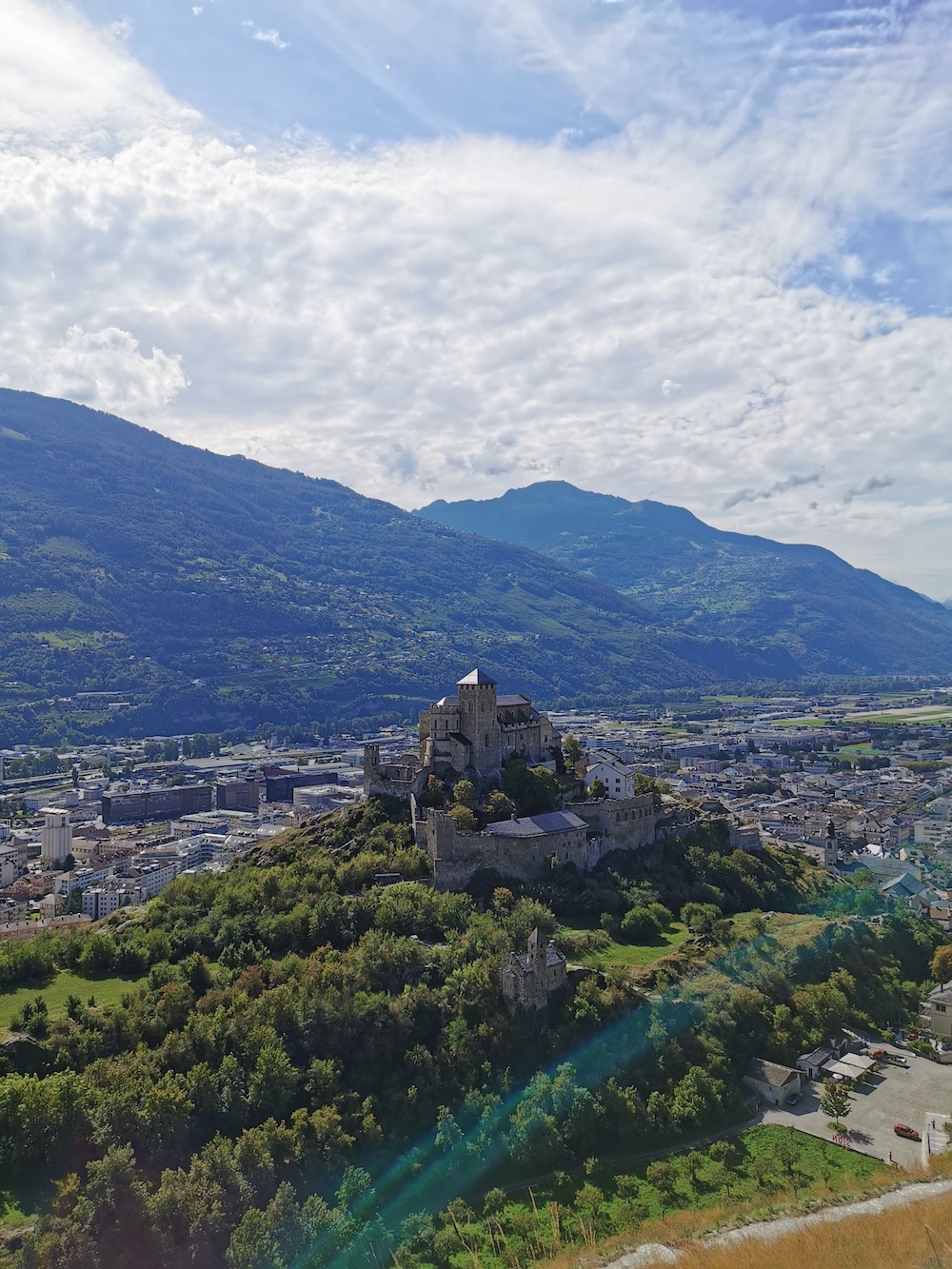
Sky-blue river, late Gothic organ
Engaging with the landscape and its changes is unavoidable at an art festival in such an environment. In Sion, river Rhône is still sky-blue, fresh and healthy, picturesquely embedded in the angular mountain ranges of the horizon. But climatic changes are also making themselves felt here, with the Rhône glacier receding for many years. Canadian sound artist Crys Cole, for example, microphoned the Grande Dixence dam and brought the sounding spirit of the water back into the otherwise hauntingly empty power station. On an organisational level, Biennale Son tries to minimise its ecological footprint in the Alps, by keeping air travel to a minimum and paying attention to electricity as well as material waste.
In addition to reservoirs and mountain tops with crosses, churches are also characteristic of the Valais landscape. “It’s a traditionally Catholic canton and more religious than other places in French-speaking Switzerland,” says Luc Meier. Biennale Son found its venues in some of the chapels and basilicas. Meier compares them to the power station: “Without wanting to sound esoteric, there is a kind of energy in these churches that can be transformed. Just as we can make the power station vibrate, we can also make the churches resonate anew.” The Basilique de Valère in Sion is home to one of the world’s oldest organs, with its almost 600 years of age. When Judith Hamann and James Rushford are allowed to play this instrument, the concept of “transformation” becomes urgent and tangible. “Who has been allowed to enter here so far? Who was allowed to make music here?” asks Luc Meier. “What echos will such performances have? In the mountains around us, but also in the social spaces that we create in the process?”
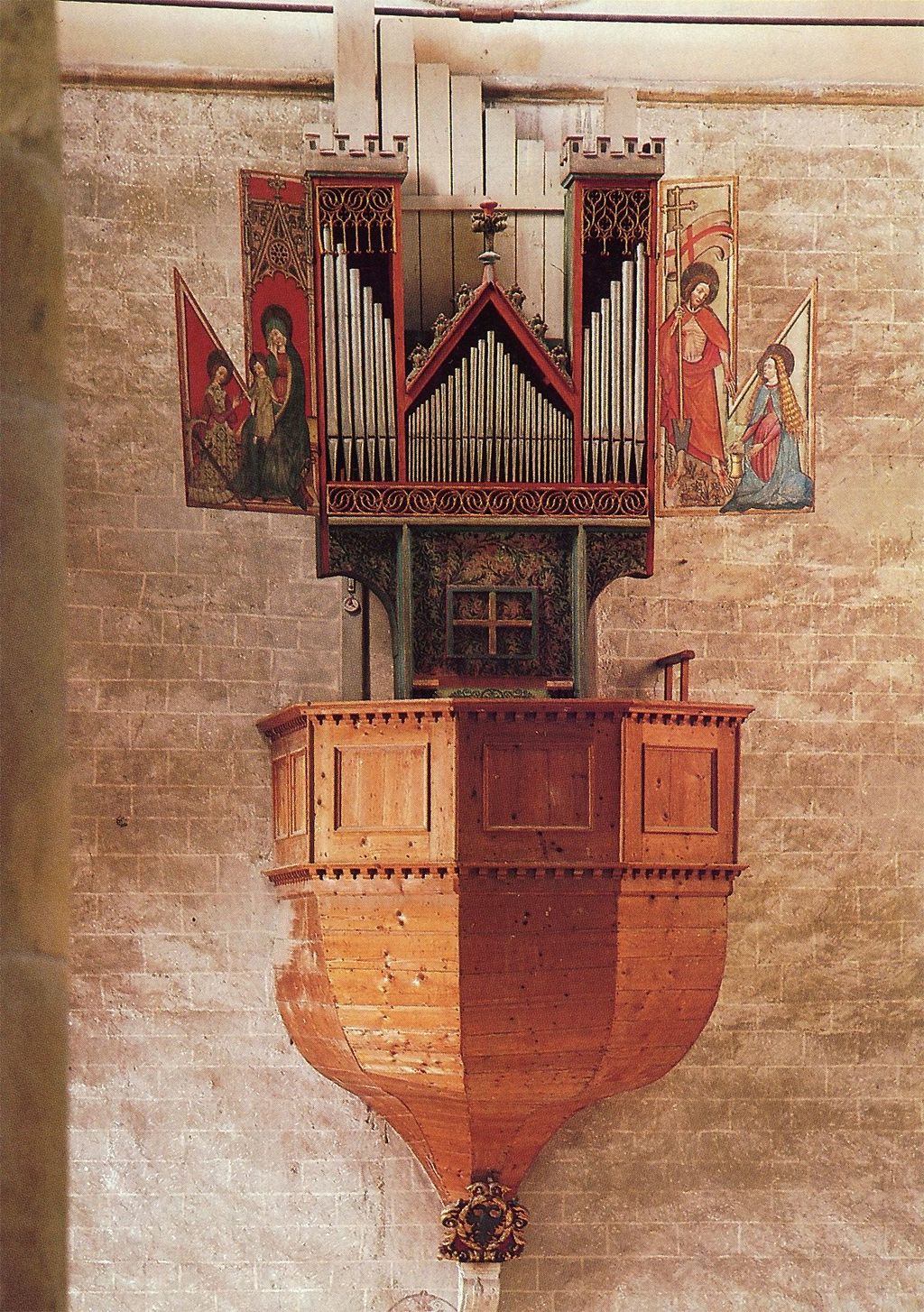
Encounters in the Rhône Valley
These places of encounter are still in the process of being created. The Biennale Son team is relying on a Swiss audience with a general interest in art and music, not afraid to make the trip to the Alps. At the same time, Luc Meier also sees the potential to arouse the curiosity of a local audience. The curatorial team has made sure that the live performances take place on Fridays and Saturdays, with renowned artists such as Saâdane Afif, Félicia Atkinson, Alvin Curran, David Toop and Kassel Jaeger performing in venues such as jazz clubs and theatres. Furthermore, for those who want to delve deeper into the history of sound-based art, there is an exhibition of the FRAC Franche-Comté collection from Besançon (France) at the Médiathèque in Martigny.
The Eklekto Geneva Percussion Center performs Choeur Mixte for 15 snare drums (2018) by Alexandre Babel. Both are guests at the Biennale Son.
Last but not least, the Édhéa (École de design et haute école d’art du Valais), in the small town of Sierre, offers an artistic bachelor’s degree specifically in the field of sound. Students and alumni of Édhéa are actively involved in the Biennale Son, both behind the scenes and performing: Claire Frachebourg has created a sculpture reminiscent of a boat or a mummy across the power station’s entire basement. Frachebourg recorded the soundtrack to the object during an artist residency on a boat travelling from Iceland to Greenland. Even more sounding water, even more power for the power station, which can finally and again do what it was once built for: Generating and distributing energy.
Friedemann Dupelius
Biennale Son, 16.9.-29.10., Wallis
The Biennale Son Podcast introduces to the festival program.
Podcast on Spotify
École de design et haute école d’art du Valais (Édhéa); Klangkunst-Sammlung; FRAC Franche Comté; Walliser Musik-Initiative Dolmen; Festival Palp; Claire Frachebourg
neo profiles:
Alexandre Babel; Eklekto; François Bonnet; Ensemble Babel


